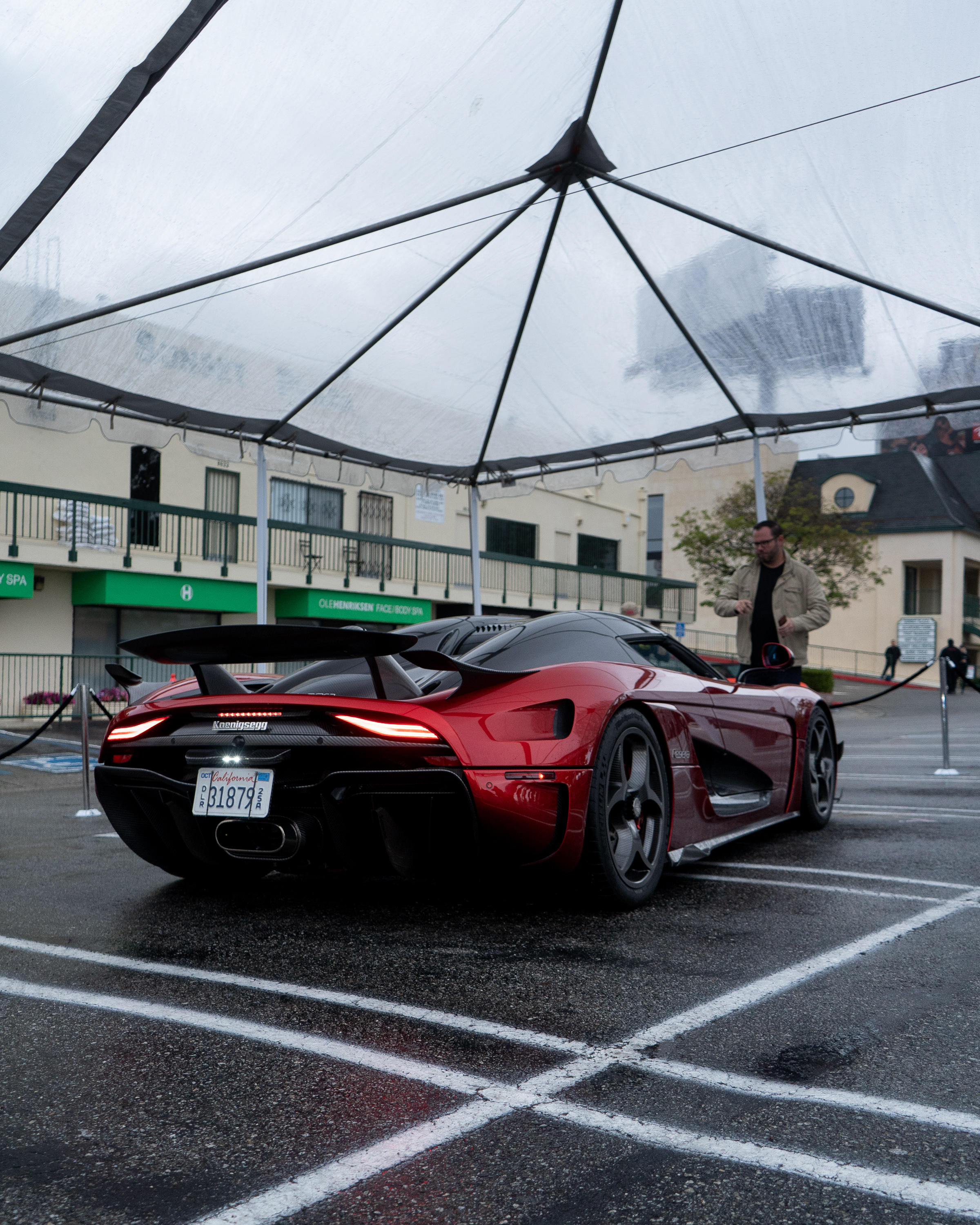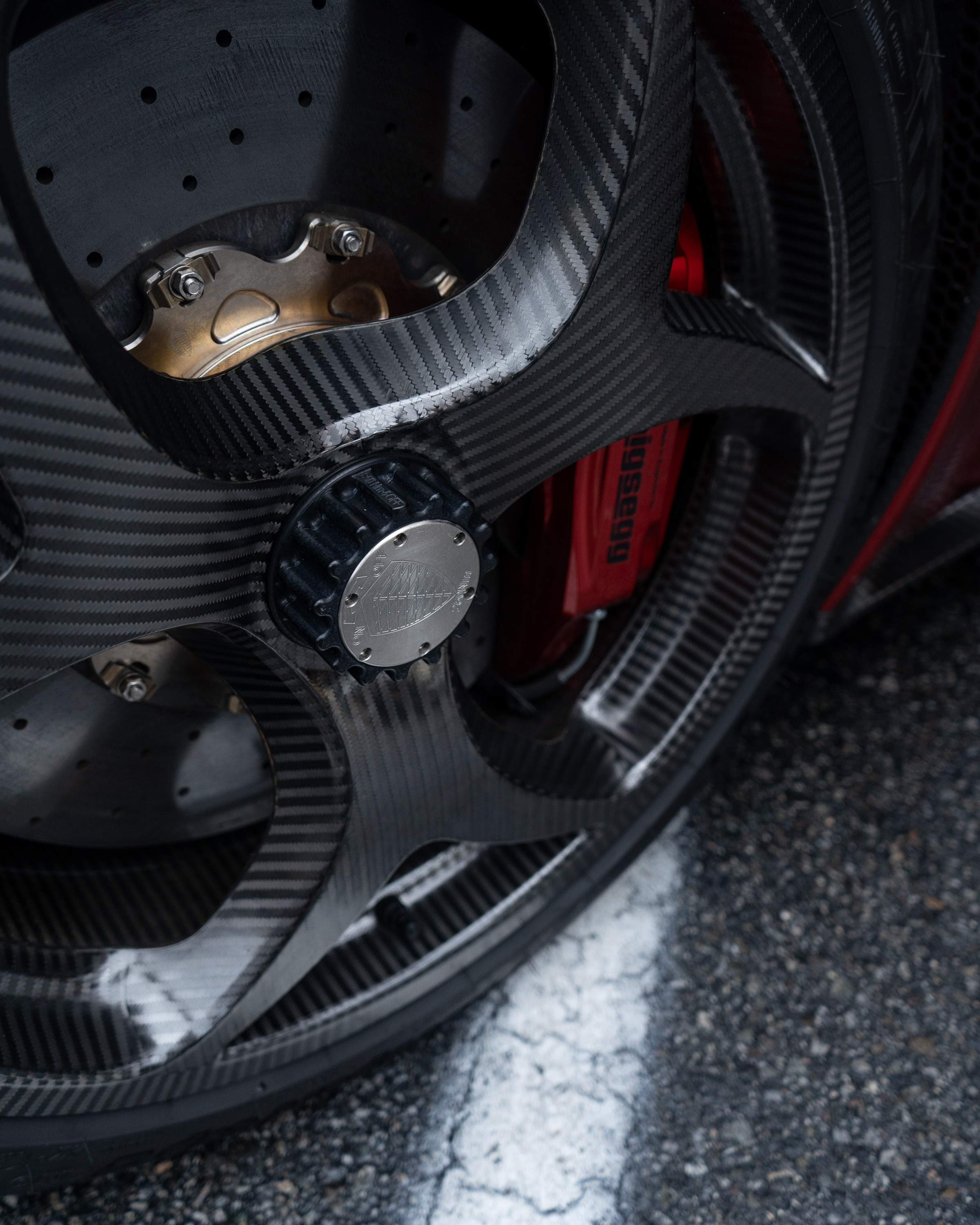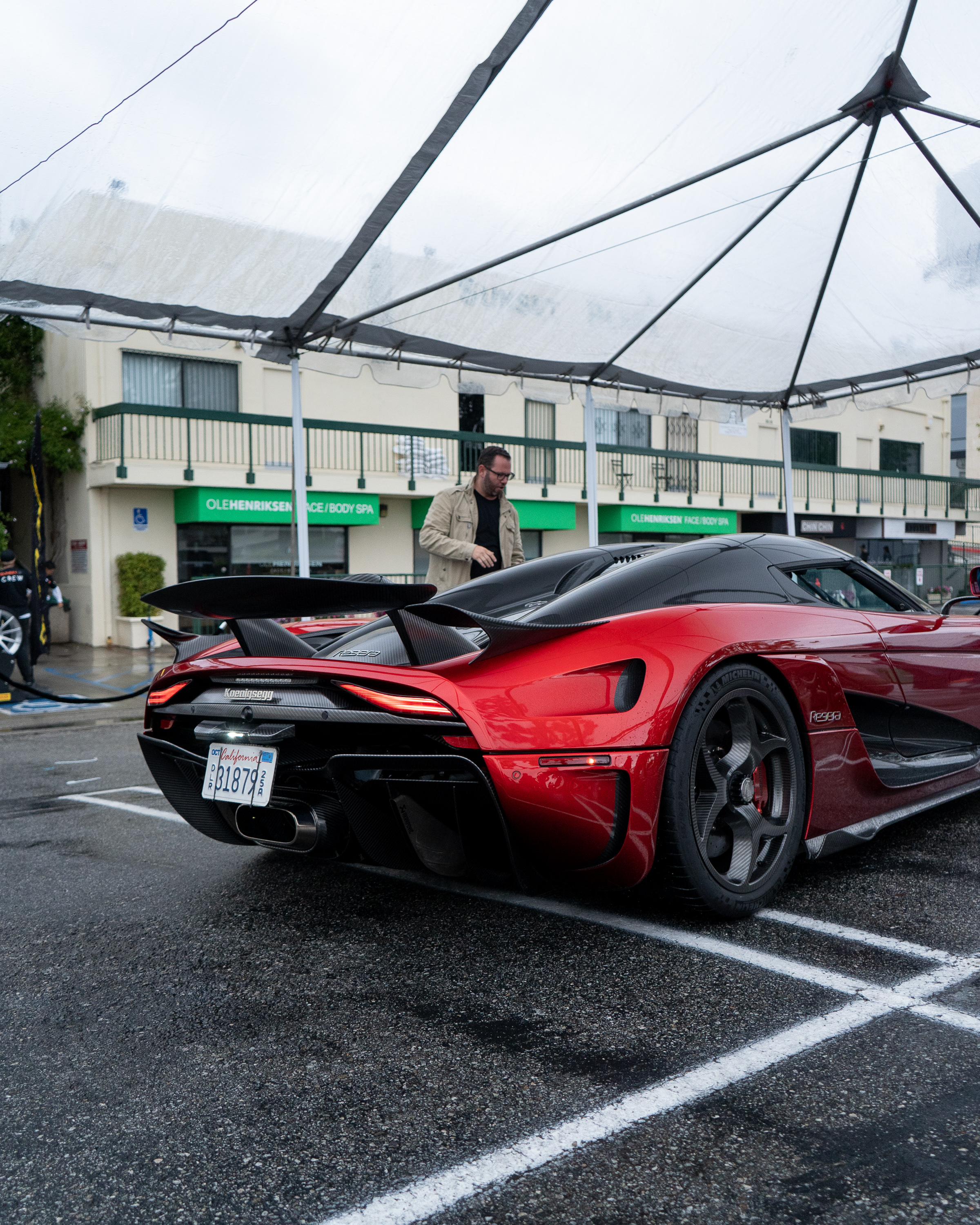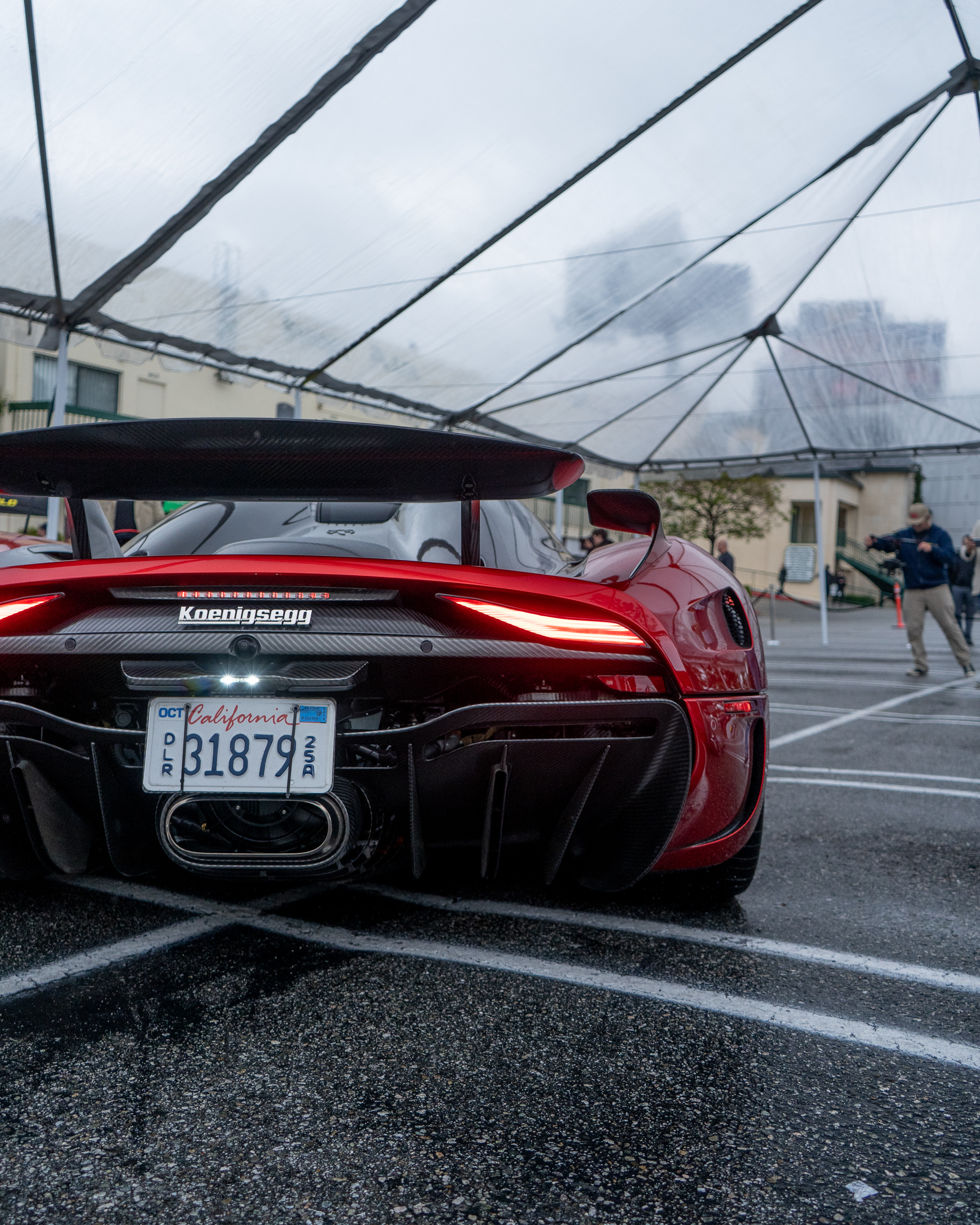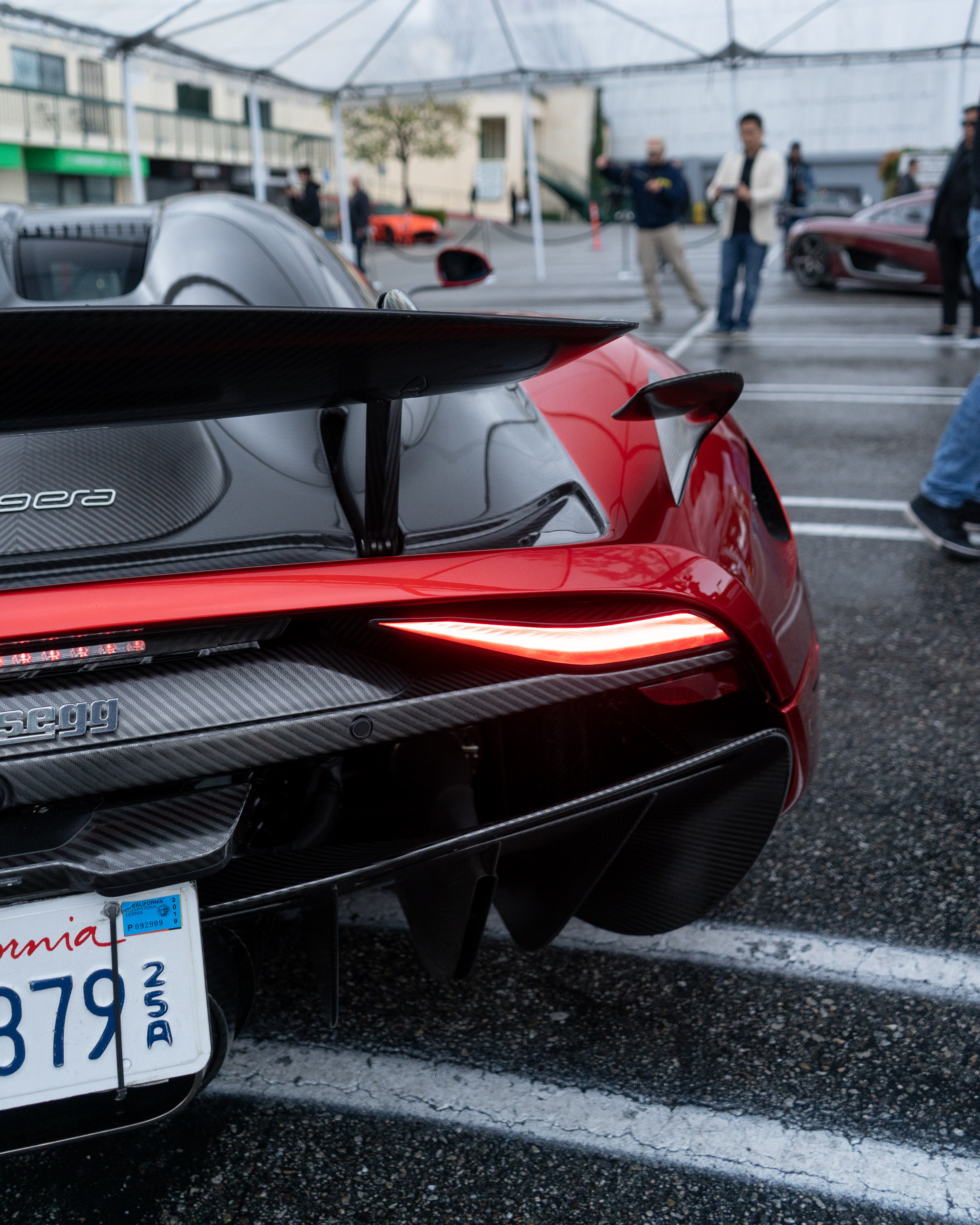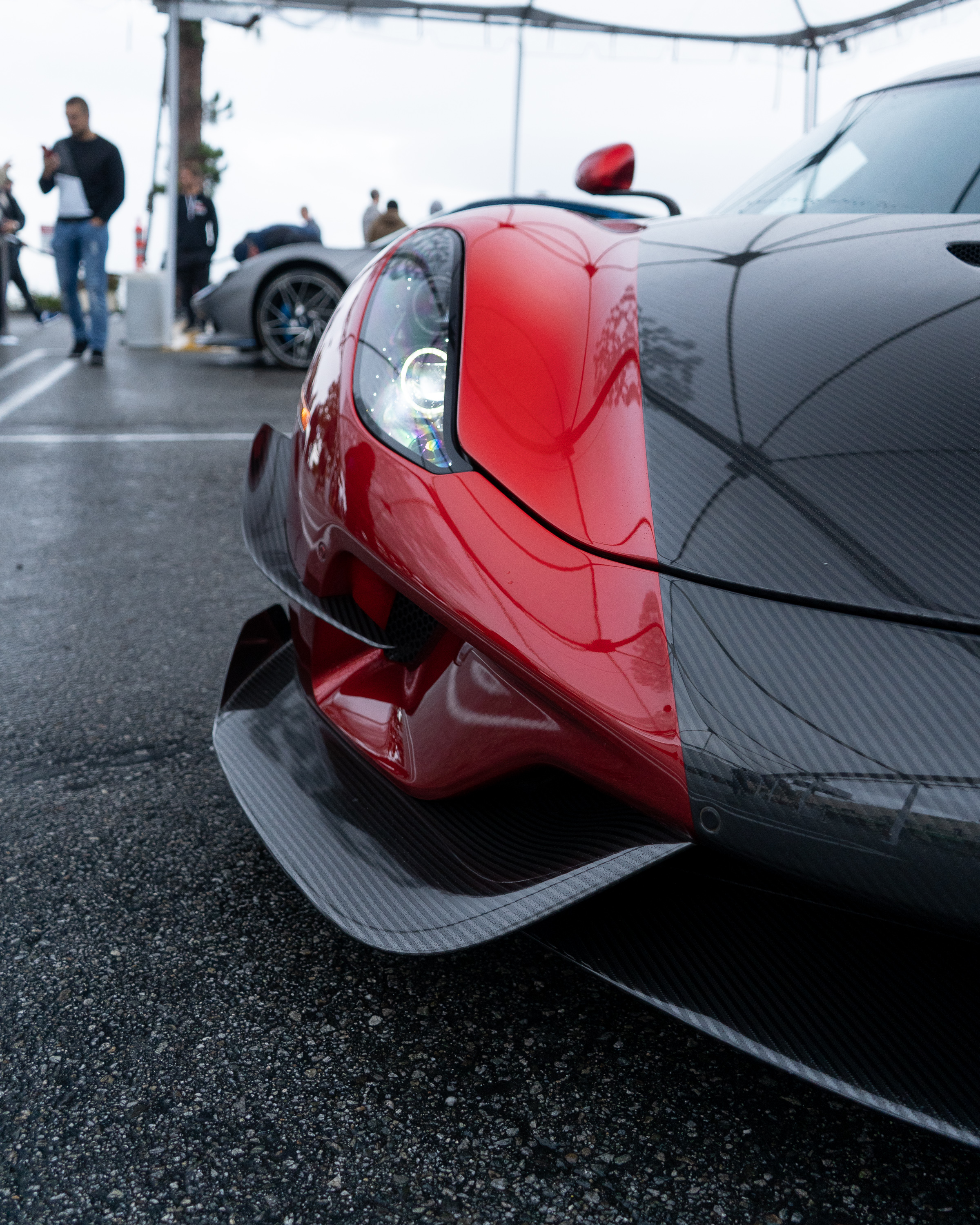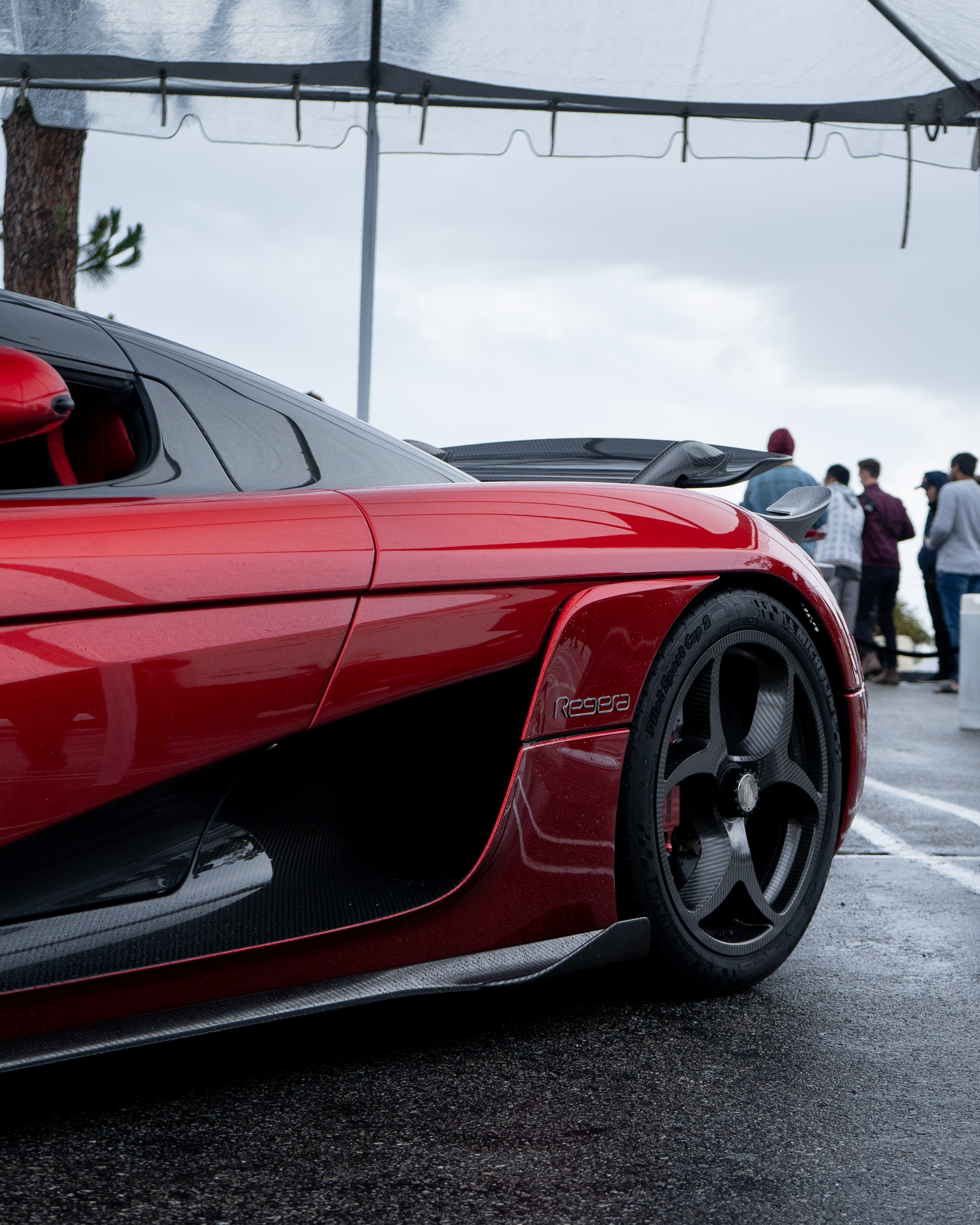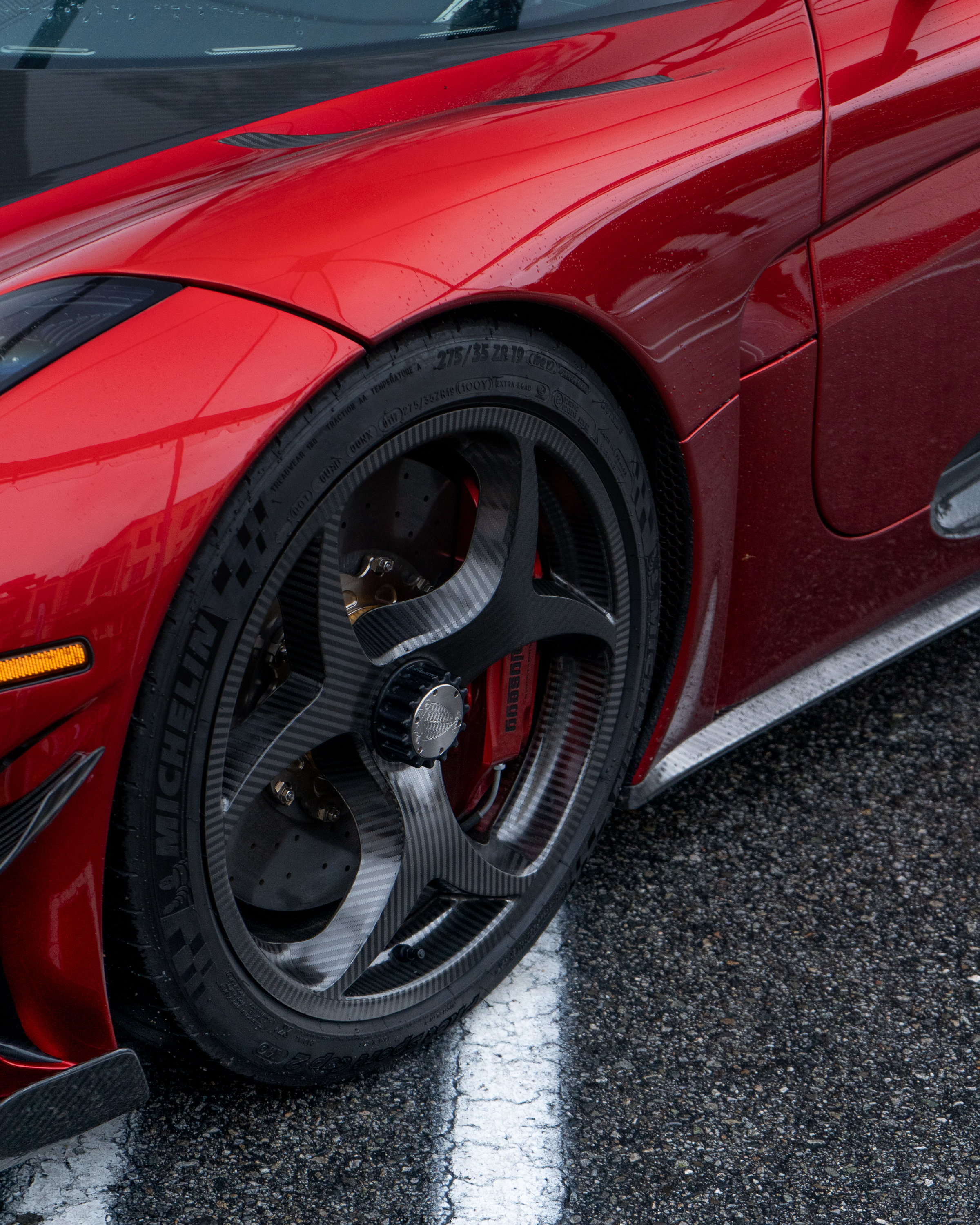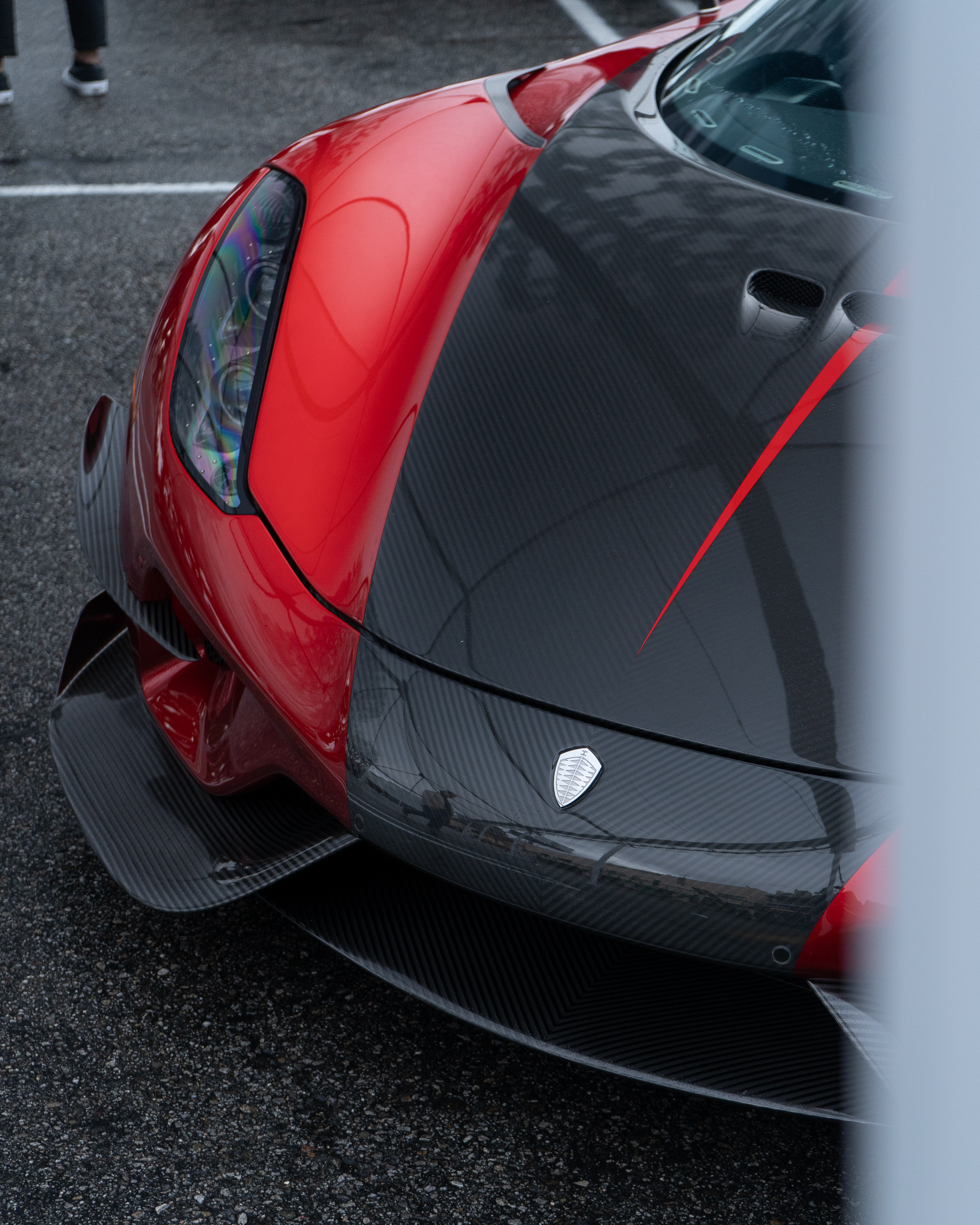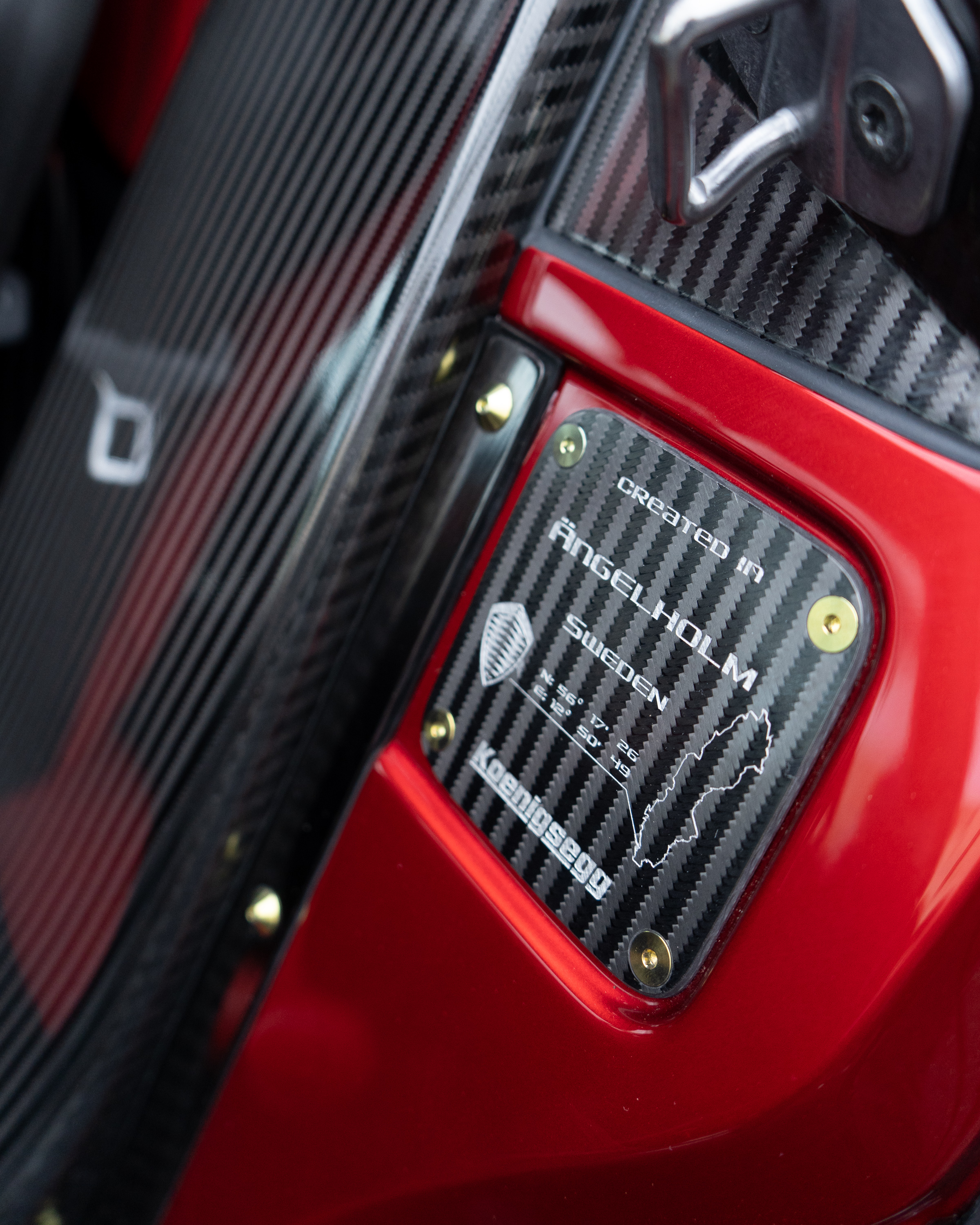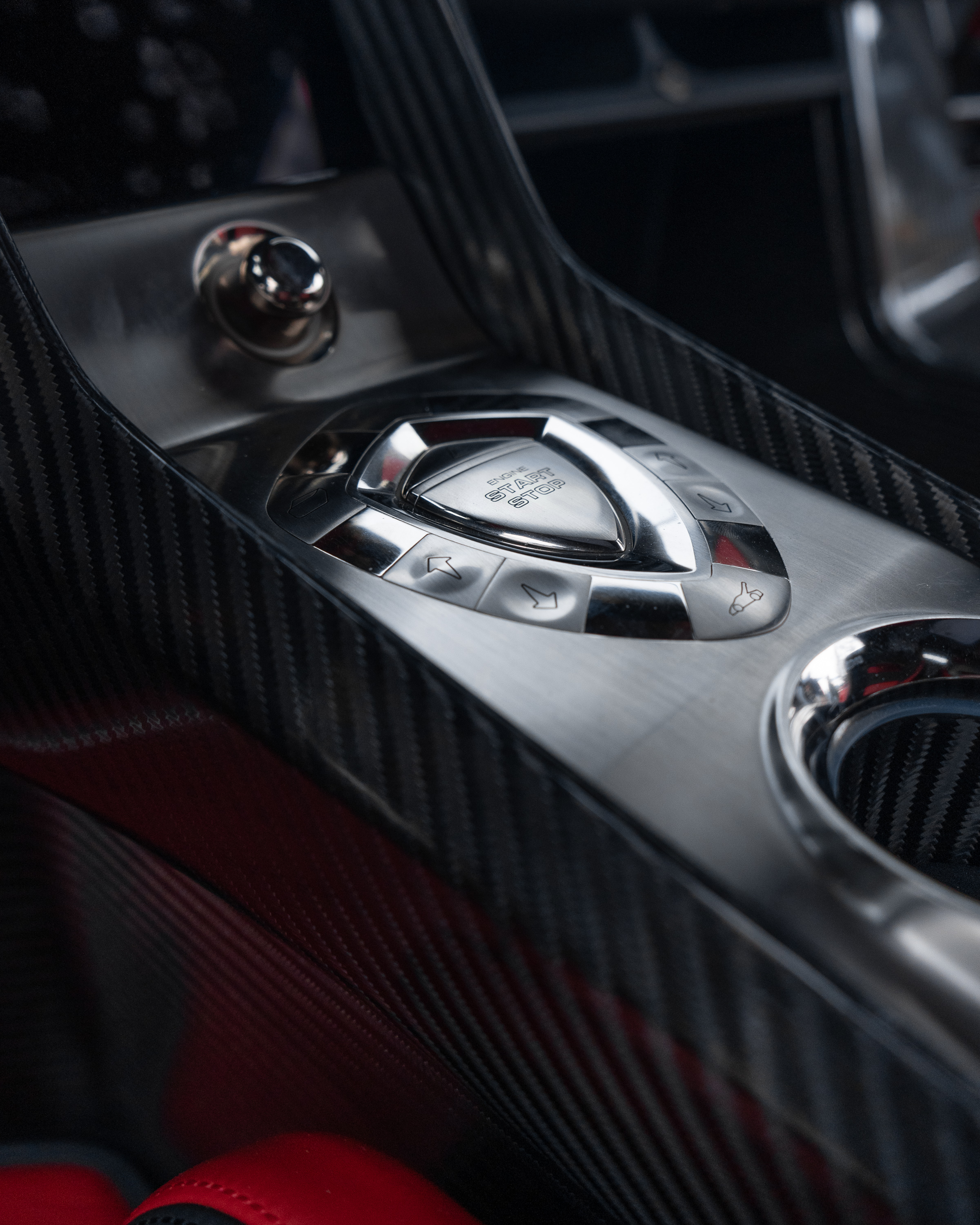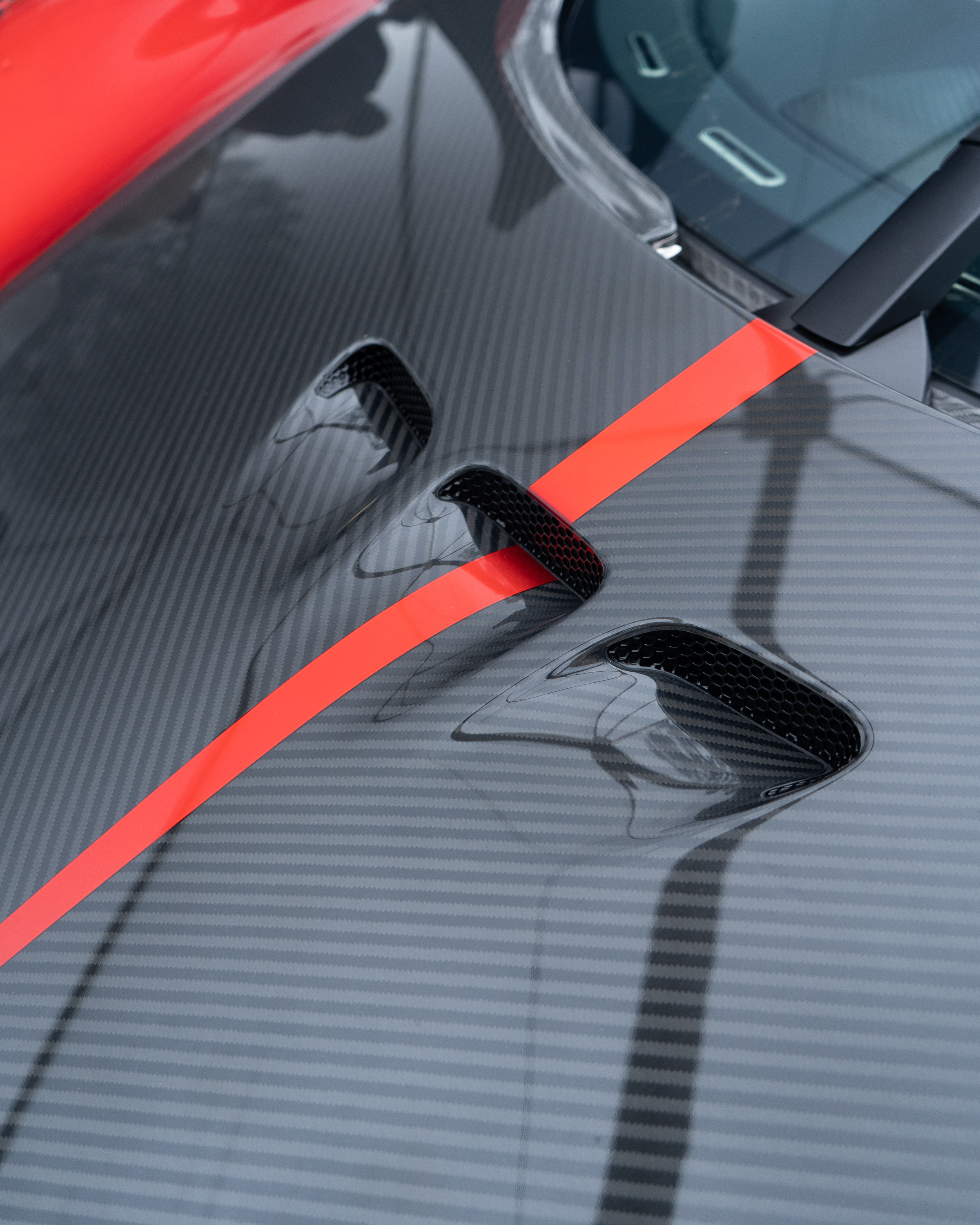Regera

Traditional hybrids represent a compromise when it comes to weight, complexity, cost, packaging and efficiency but Christian Von Koenigsegg has designed the Regera to not conform to such realities.
Traditional ‘parallel’ hybrids are -compromised and heavy due to the fact that they rely on two independent propulsion systems to move a car. While ‘series’ hybrids are less compromised when it comes to weight, complexity and costs, they do lose out on efficiency as there is too much energy conversion taking place. The Koenigsegg Direct Drive transmission (KDD) was invented by Christian von Koenigsegg and developed specifically for the Regera. The patent-pending KDD replaces the combustion engine’s traditional transmission and gearbox with a hydraulic direct drive. The KDD provides direct drive to the rear axle from the combustion engine without the need of multitude gears or a variable transmissions, all of which have inherently high energy losses. The KDD reduces drivetrain losses by over 50% over traditional gearboxes and gives the car epic acceleration, propelling the car to 60mph in just 2.7sec (mind you its RWD).
Another special feature is the car's fully retractable, top-mounted rear wing. Most rear wings as we know it are supported by pillars running between the body of the car and the underside of the wing. This isn't however, the most efficient design to create downforce due to the fact that the underside of a wing produces the most downforce. When a wing is design with pillars they disturb the air moving on the underside of the wing. Making the top-mounted rear wing, like the one fitted as standard on the 1:1 and now the Regera is the most efficient design at producing downforce.
Since the birth of the automobile petrol heads have been hard at work coming up with ingenious solutions to create the fastest car on earth. In the early days it was retired WWI fighter pilots (the first of their kind) who took their engines from their aircraft used to fight in the war, drop them into garage built chasis and bring them down to the beach for two timed high-speed runs that would be used to calculate an average top speed. Fast forward 100 years to 2004 when Koenigsegg was in its infancy and the company already had earned the claim of the fastest production vehicle in the form of the CCX with a top speed of 241mph. One year later Bugatti took the top step with their Veyron at 253mph and now Koeniggsegg has reclaimed their spot with 277mph in the Agera RS. That is insanely quick for a car that is legal to drive along side your moms Prius and manufacturers are beginning to take note of this. Which is why when Christian set off to create the Regera his main goal was no longer top speed. To put it in Christian's words, "The thing we’ve realised is that chasing the ultimate top speed is starting to become a nonsense, so our philosophy is more like this: whoever gets to 250mph first wins”.
Christian’s projections for the Regera are for 0-62mph in 2.8secs and a top speed a little over 250mph. But the figures that wreak havoc on my brain is the 3.2 seconds it takes to go from 90-155mph and that the car can go from a standing halt to 250mph in just 20 seconds having passed 186mph in 11.0sec. The One:1 currently holds the record at 11.92 seconds. Put me in thedriversseat of the Regera and you might as well call me Rocket Man.







